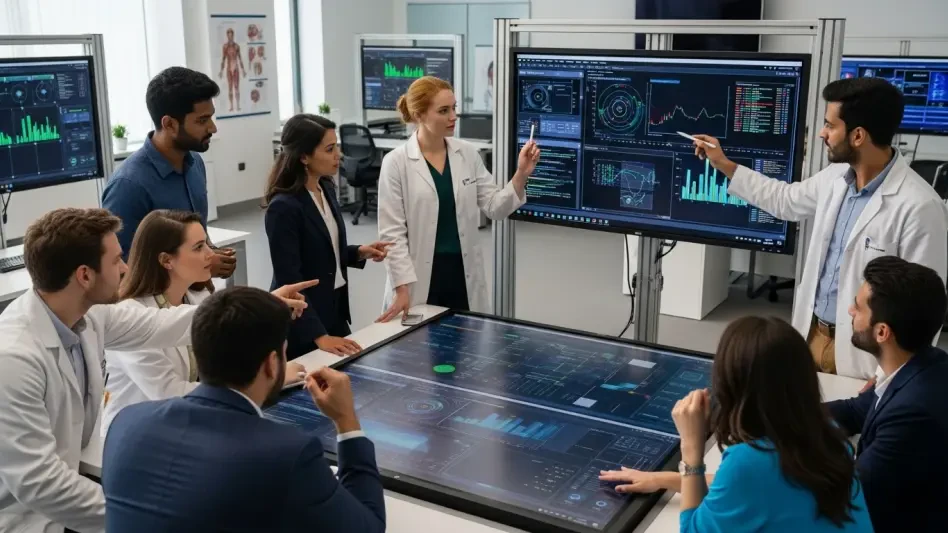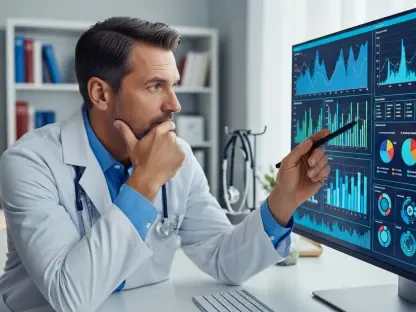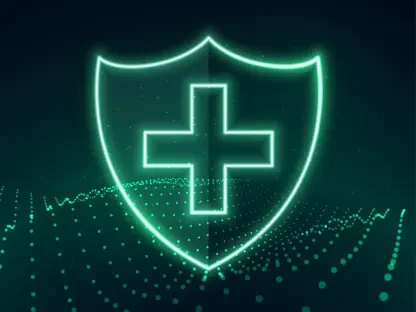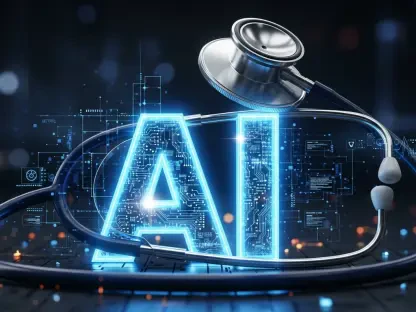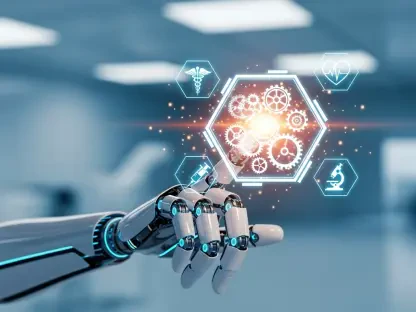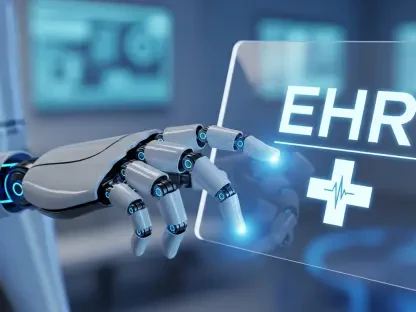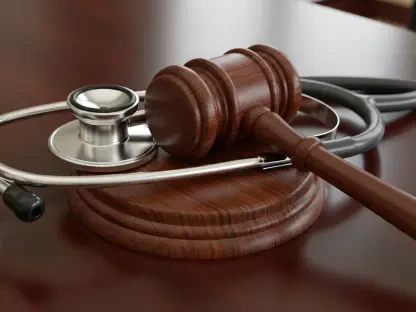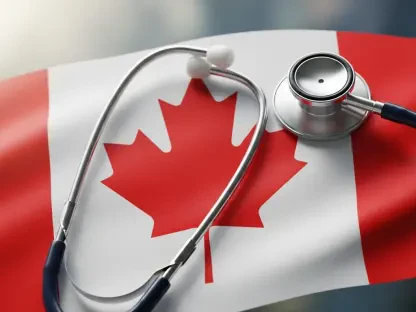I’m thrilled to sit down with Faisal Zain, a renowned healthcare expert with a deep background in medical technology. With years of experience in the manufacturing of medical devices for diagnostics and treatment, Faisal has been at the forefront of driving innovation in the field. Today, we’re diving into the transformative world of informatics and population analytics, exploring how these disciplines are shaping health outcomes, research, and education at institutions like Marshall University. Our conversation touches on the power of big data in addressing rural health challenges, the tools revolutionizing research, and the opportunities for students and professionals to engage with this cutting-edge field.
How would you explain informatics to someone who’s hearing about it for the first time?
Informatics, at its core, is about using technology and data to solve problems, especially in areas like health care. It involves collecting, managing, and analyzing large amounts of information—think patient records, genetic data, or even social trends—to make better decisions. It’s like being a detective, but instead of clues at a crime scene, you’re piecing together patterns from massive datasets to improve treatments or predict health risks. It’s a bridge between raw data and real-world impact, combining skills from computer science, statistics, and medicine.
What role does population analytics play within the broader scope of informatics?
Population analytics is a key piece of the informatics puzzle. It focuses on studying data from large groups of people to understand health trends, risks, and outcomes at a community or regional level. For example, it helps identify why certain diseases are more common in specific areas or how lifestyle factors affect entire populations. Within informatics, it provides the big-picture insights that guide public health strategies or personalized care, using data to zoom out and see patterns that might be invisible when looking at just one patient.
How does informatics uniquely support health care challenges in rural regions like Appalachia?
Rural areas like Appalachia often face unique barriers—limited access to specialists, higher rates of chronic diseases, and economic challenges. Informatics helps by analyzing data from these communities to pinpoint specific needs, like where to focus preventive care for issues like obesity or addiction. It enables health systems to design targeted interventions, using electronic medical records and other datasets to identify at-risk groups and allocate resources efficiently. It’s about making sure underserved populations aren’t left behind by tailoring solutions to their realities.
In what ways does big data connect clinical care, research, and education at a health sciences university?
Big data acts like a glue that ties everything together. In clinical care, it helps doctors make decisions based on trends from thousands of similar cases. In research, it uncovers new insights by linking diverse datasets—like genetic info with patient outcomes. For education, it equips students with real-world data to learn from, preparing them for careers where data-driven decisions are the norm. At a university, this creates a cycle where better care informs cutting-edge research, which then shapes the next generation of health professionals, all powered by data.
How are informatics tools enhancing research for faculty and clinicians?
Informatics tools are game-changers for researchers. They allow for high-performance computing and cloud storage, which means handling huge datasets without breaking a sweat. Technologies like machine learning and predictive analytics can sift through complex data to spot trends or predict outcomes—like which patients might respond to a certain treatment. These tools streamline everything from data collection to visualization, so faculty and clinicians can focus on discovery rather than wrestling with raw numbers.
Can you share an example of how integrating large datasets has led to new health research insights?
Absolutely. Imagine a study on cancer where researchers combine patient medical records with genetic data and even social factors like income or education. By overlaying these layers, they might find that certain genetic markers, paired with specific lifestyle factors, dramatically increase risk in a particular group. This kind of insight isn’t possible with small, isolated datasets. It’s led to breakthroughs in precision medicine, where treatments are tailored not just to a disease, but to the unique profile of a patient or population.
What opportunities exist for students or resident physicians to dive into informatics?
There’s a wealth of opportunities for students and residents to get involved. Many universities offer workshops or bootcamps to introduce the basics of informatics and data science. Beyond that, lab rotations or formal coursework can build deeper skills. What’s exciting is that they can both use informatics tools in their work and contribute to developing new methods. It’s hands-on—whether they’re analyzing data for a research project or helping design a new predictive model, they’re part of the innovation process.
What specific skills in informatics are most valuable for future health professionals?
Future health professionals need to be comfortable with data analysis and interpretation—skills like statistical modeling or using software for data visualization are huge. Familiarity with machine learning or AI tools is increasingly important as these technologies shape diagnostics and treatment plans. Also, understanding how to navigate and integrate different types of data, like genomic or clinical records, is critical. Beyond tech skills, critical thinking to interpret what the data means in a real-world context is just as vital.
How do informatics initiatives foster collaboration across different fields on a campus?
Informatics is inherently interdisciplinary—it brings together experts from medicine, biology, computer science, statistics, and even social sciences. A single project might involve a clinician identifying a health issue, a data scientist crunching numbers, and a biologist interpreting genetic factors. This collaboration breaks down silos, allowing each field to contribute its strengths. The result is often a more complete solution, whether it’s a new treatment approach or a public health strategy, because you’ve looked at the problem from every angle.
What is your forecast for the future of informatics in health care and research?
I see informatics becoming even more central to health care and research in the coming years. As data grows exponentially—think wearable devices, genomic sequencing, and global health databases—the ability to analyze and act on it will be non-negotiable. I expect AI and machine learning to play bigger roles, not just in predicting outcomes but in automating routine tasks, freeing up professionals to focus on complex challenges. We’ll also see more emphasis on equity, using informatics to ensure rural or disadvantaged communities benefit from these advances. It’s an exciting time, but it’ll require us to keep ethics and privacy at the forefront as we push boundaries.
